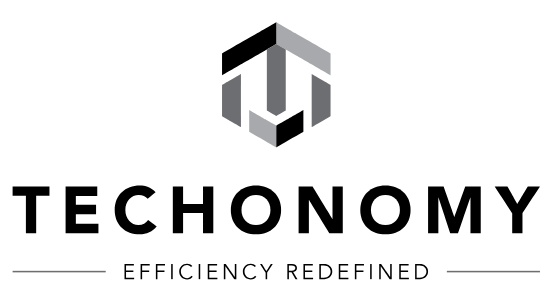1 million – GALLONS OF WATER USED BY A CHIP FACTORY DAILY
100 – MEGAWATT-HOURS CONSUMED BY LARGE CHIP PLANTS HOURLY
SOURCE: INTEL/ SCHNEIDER ELECTRIC
Since the CHIPS Act was enacted, a number of chipmakers have committed billions of dollars to building new plants. In addition to its new factories in Arizona, Intel has broken ground on fabs in Ohio. Meanwhile, Taiwanese chipmaker TSMC, which makes most of Nvidia’s processors, is also expanding in Arizona with a $40 billion build-out, reportedly among the largest foreign investments in U.S. history. And memory chip manufacturer Micron has plans for a massive plant in Boise, where the company is based.
It’s no surprise that the industry has rallied behind the CHIPS Act. (Who wouldn’t, with $53 billion in financial incentives?) But again, all of this expansion comes at a cost. And Intel and its rivals now find themselves having to come together to develop cleaner manufacturing. After all, they have a lot riding on their ability to both take advantage of the government’s financial incentives and achieve the ambitious sustainability goals they have set for their companies. Intel, for example, has committed to reach net-zero emissions for its own operations by 2040.
That’s why in November 2022, just a few months after the CHIPS Act was signed, the semiconductor industry formed a new group with 60 founding members that aims to accelerate the reduction of greenhouse gas emissions.
“We can’t do it alone,” says Todd Brady, Intel’s chief sustainability officer. Brady joined the company 28 years ago, and he says that while today’s challenges require the backing and collaboration of the entire industry, Intel has been making headway on more sustainable manufacturing practices for decades.
According to Brady, the company’s carbon emissions peaked in 2006, and have since been declining because of a growing reliance on renewables. Globally, Intel now gets 93% of its electricity from “clean” sources such as solar and wind.
Still, those energy demands are huge. A 2020 paper titled Chasing Carbon: The Elusive Environmental Footprint of Computing found that chip manufacturing was responsible for the majority of the carbon output of a consumer electronic device, rather than usage over its entire life cycle. And the process could get even more energy-intensive.
“The newer fabs for the most advanced [chip] designs will come with even heavier electricity demands,” researcher and paper coauthor Carole-Jean Wu tells Fortune in an interview.
Intel and its rivals have plenty of reasons to keep reducing their carbon footprint, and not just because of their ambitious goals. While most new and existing semiconductor hubs in the U.S. welcome their investments, local communities and organizations worry about the environmental impact.
Use of water is of particular concern, especially in parts of the country like Arizona where it’s not exactly plentiful. Chips must be rinsed with ultrapure water during the manufacturing process, in addition to water being used to cool equipment, as in data centers.
But here, too, companies like Intel have made progress, with a growing percentage of water used being recycled after cleaning. Intel says it has already reached “net-positive water” in the U.S. and India and will hit this same goal in all countries by 2030, even with the new sites and the increased water use they require. To fully meet its goal, the company is also working with nonprofits. Those projects, such as helping local communities use water more efficiently, offset water lost in manufacturing, mostly due to evaporation.
Much work still needs to be done to come up with greener chemistry in chip-making, as several types of chemicals that harm the environment are currently used and then pumped into the atmosphere. At Intel’s Arizona campus, where the new facilities are still unfinished, the company already emits about two tons of hazardous air pollutants quarterly.
Intel’s Brady says this is one area in which a concerted effort by the whole industry could make a difference, in order to come up with alternatives to harmful chemicals. This, he says, is the dirtiest part of chipmaking. And the CHIPS Act, with all of its incentives to build bigger and faster, is making it more critical for chipmakers to act, including reducing the use of chemicals that contribute to greenhouse gases. After all, while onshoring chip production creates jobs at home, it also brings the pollution closer.
“We set our 2040 goals knowing we’re going to be expanding,” says Brady. “It’s going to be a lot of work.”
Source: https://apple.news/AWYoieqotQ0WCMGY_DWQ0jg
